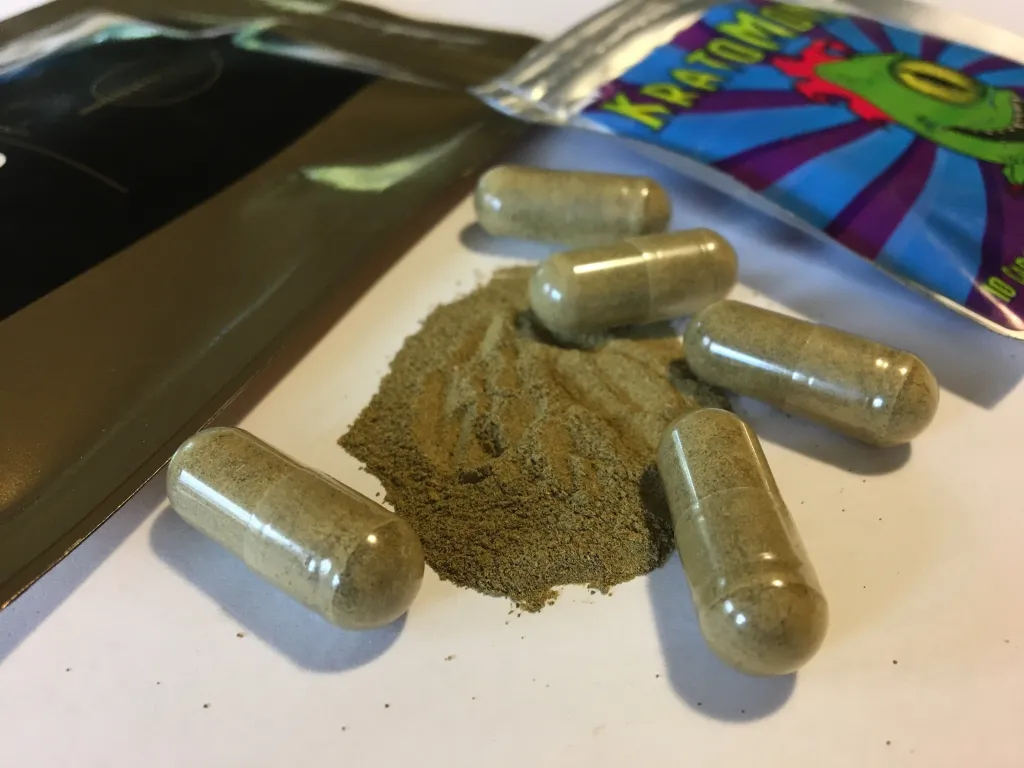Kratom is popular for its diverse effects, ranging from pain relief to mood enhancement. Available in various forms, kratom capsules offer a convenient and measured way to consume this herb. Understanding the different happy go leafy dosage options is crucial for both effectiveness and safety.
· Microdoses (0.5-2 grams)
Microdoses are typically less than 2 grams of happy go leafy kratom powder per capsule. These are often used for mild stimulation and cognitive enhancement. Users may experience increased alertness, focus, and a slight mood lift. Microdosing is suitable for individuals seeking subtle effects without significant sedation or euphoria.
· Low Doses (2-4 grams)
Low doses, ranging from 2 to 4 grams, are commonly used for moderate energy boosts and mild pain relief. At this level, users may feel more sociable, energized, and focused, making it a popular choice for daytime use. It strikes a balance between stimulation and relaxation, avoiding the more intense effects of higher doses.
· Moderate Doses (4-6 grams)
Moderate doses, between 4 and 6 grams, are often sought for stronger pain relief, mood enhancement, and mild euphoria. This dosage is suitable for individuals dealing with moderate pain or seeking a significant mood lift without overpowering sedation. It’s crucial to approach this range cautiously, especially for new users, as effects can vary widely based on individual tolerance.
· High Doses (6-8 grams)
High doses, from 6 to 8 grams, are generally used for intense pain relief, strong sedation, and pronounced euphoria. This range is typically reserved for experienced users familiar with their tolerance levels. The risk of side effects, such as nausea, dizziness, and dependency, increases at this dosage, making careful monitoring essential.
· Very High Doses (8+ grams)
Very high doses, exceeding 8 grams, are not commonly recommended due to the heightened risk of adverse effects and the potential for addiction. At this level, sedation is profound, and the risk of severe side effects is significant.



